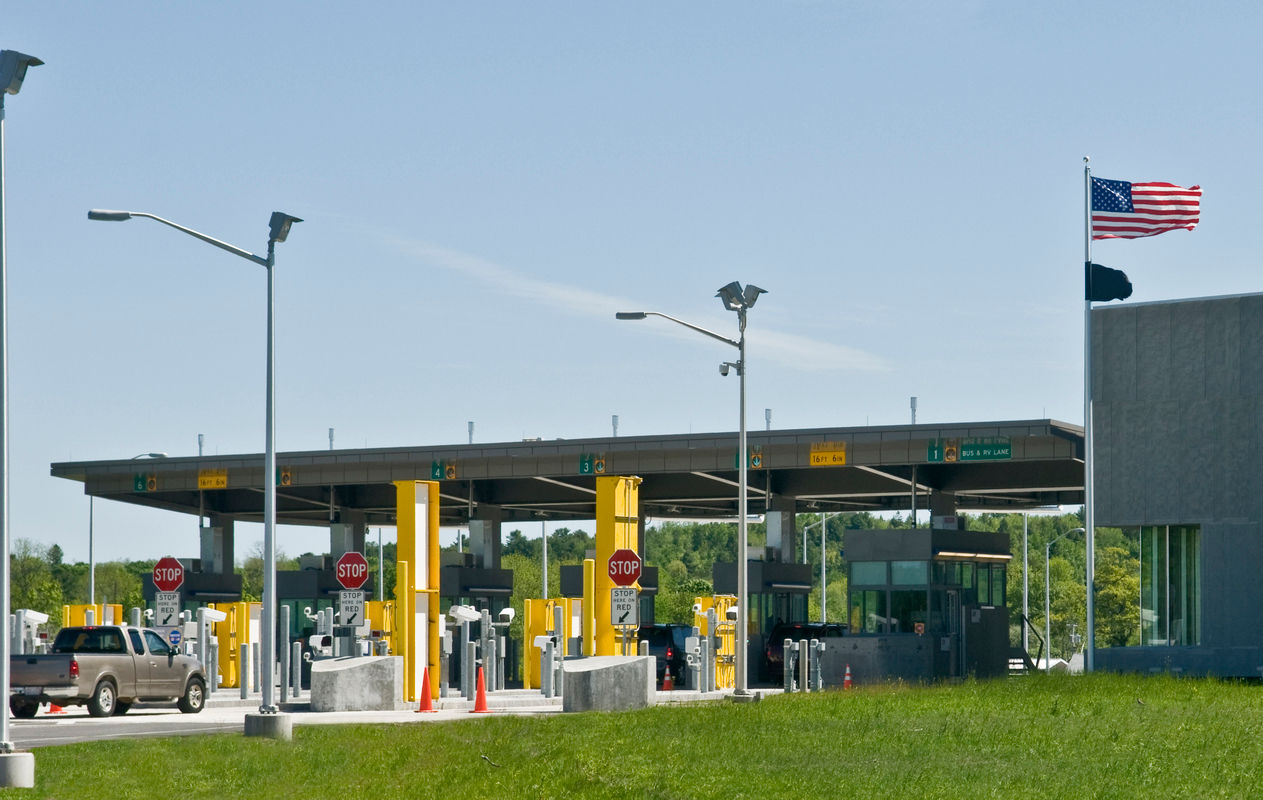
January 20, 2020
Chinese New Year and the Global Supply Chain
Tags:
Chinese New Year and the Global Supply Chain

January 20, 2020
January 25 marks the Chinese New Year, ushering in the Year of the Rat and more than a week of celebration. Along with all the festivities, however, the holiday also brings a shortage of labor, as many leave to go home or on vacation. And when that happens, the result is a ripple effect throughout the global supply chain.
China is still home to more than 50% of manufacturers in global trade, even as suppliers have moved factories to Southeast Asia to mitigate the impact of the trade war and rising tariffs. But as most businesses close for up to 10 days for the Chinese New Year, the movement of goods through the supply chain drops off.
The slope in movement can wreak havoc on tight transit schedules, which can lead to stockouts, demurrage fees, or other issues that disrupt the supply chain. To stay on track, importers will typically schedule the production and shipment of their goods with the holiday in mind—a smart thing to do given how the shipping industry typically responds to demand before and after the holiday. For instance, according to this past week’s Freight Market Update, the Transpacific Eastbound (TPEB) and Far East Westbound (FEWB) tradelanes are experiencing full to tight capacity and anticipating rate increases. At the same time, blank sailings have already been announced for post-Chinese New Year for TPEB. Add to that the recent signing of the Phase One trade deal between China and the US, which will likely spark an increase in imports from China after Chinese New Year festivities conclude, and it’s easy to see why trade patterns fluctuate so erratically.
To combat the lack of predictability, supply chain managers need to find ways to ensure greater predictability and visibility over goods in transit. And data and technology are key.
For instance, Flexport’s data model for predictive transit times uses its own historical shipment data in combination with node data that pulls from various stages of a shipment’s journey from point of origin to to point of final destination. Similarly, track-and-trace technology, by Flexport’s recently acquired Crux Systems, gives logistics managers real-time visibility. Estimated and actual arrival dates, container updates, and other essential data points provide actionable data that boost efficiency and avoid lags.
Visibility and predictability may be the most important tools a supply chain manager can have because they help businesses be more agile, a well recognized key to success. And as 2020 marks the Year of the Rat, it could be a particularly auspicious time for those in global trade. After all, according to Chinese astrology, the Rat is the first of all zodiac animals, symbolizing wealth, adaptability, and the power to turn unlucky events into fortune.
Gong hei fat choy!
About the Author

January 20, 2020


